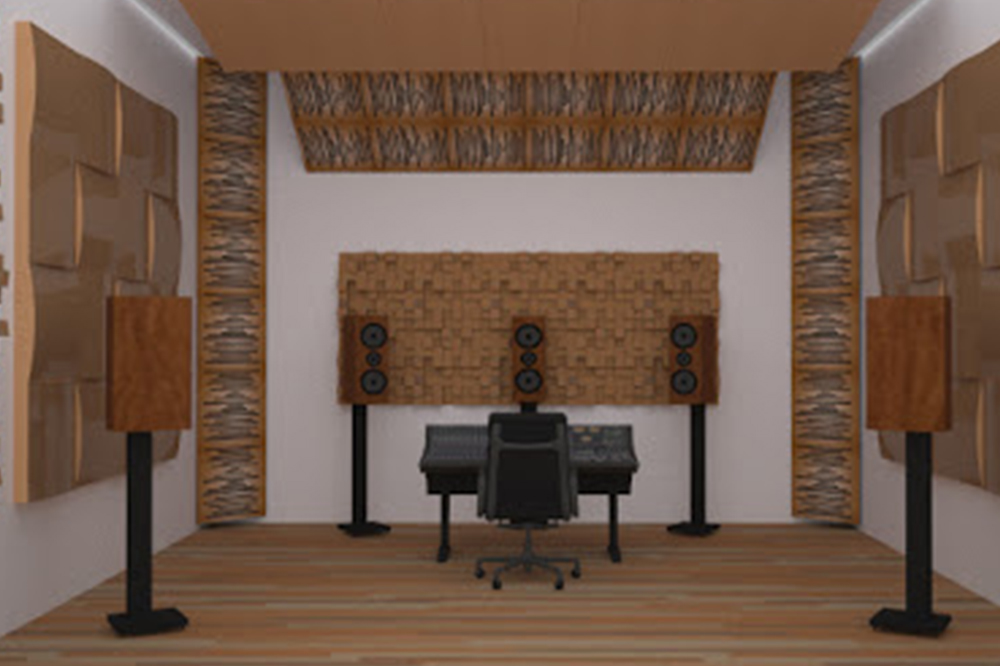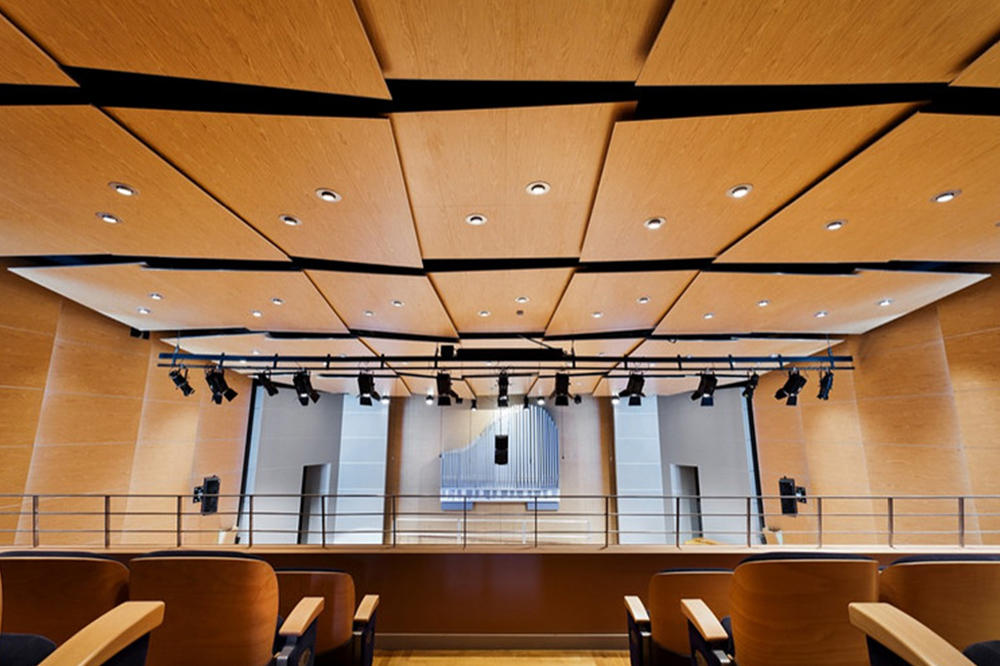Acoustics generally refers to the phenomenon wherein a sound produced for a particular purpose generates desired results or output. For example within a confined space, if music is played, it is to be ensured the vibration does not overlap or superimpose. So certain materials that would absorb sound, reflect sound ate to be placed within a room to control and alter the intensity of sound that is referred to as Acoustics.

General Acoustics
The latest technology in construction has resulted in taller buildings. Usage of low weight materials result in inadequate sound propagation and hence the acoustic effect needs to be monitored and altered based on the requirement.
There are both natural ways and artificial ways to achieve the desired sound effect and these would require some correction in form of alteration or modification within the structure referred to as Acoustic modification.
Recording studios, Classrooms in schools and colleges, music auditoriums, Cinema halls are the area that needs acoustic modification while in manufacturing centers like industries and factories need a sound dampening mechanism to reduce sound intensity.
Ready To Grow Your Business?
Mirra Bts is a leading provider of Customized Aerocon Service from the design and engineering
Acoustic control materials
Noise is defined to be abnormal vibrations that are governed by unequal intervals and that reoccur continuously resulting in an unfavourable reaction. To control noise some materials are available naturally or synthetically prepared/manufactured in industries through a certain process
Natural materials that include fibbers –Example coir, jute, sandbags act as agents to absorb sound. Artificial materials like rubber mats, and other materials like glass, felt areas available. The special study that engineers on sound modification inside closed space are used in the acoustic study.

The purpose of these materials is to reduce the intensity of noise and this is attained to modify the Acoustic at the specified location. Echo of sound, external interference, and superimposition require Acoustic modification.
Specialized Industries
1)What are room modes in Acoustics?
If we Walk around the room, and notice that some of the low frequencies are not of equal loudness at different spatial positions in the room. This phenomenon is known as room modes.
2)What is the Soundproofing construction?
Analysing the estimated cost of how much soundproofing construction would be needed to design a space based on its functional utility Soundproofing construction consists of managing the walls, ceilings, and flooring and using techniques to modify for sound effects.
3)What does home acoustic refer to?
Home acoustic refers to the flooring, windows, doors, walls, and the ceiling inside a room. These objects act as sound reflectors and modify the sound intensity inside a confined space.
4)Why is acoustic important?
Acoustic properties are important to ensure the noise/sound generated has a particular function. When an audience hears the same it should generate desirable results without superimposing or echo that could lead to confusion.
5)Why is acoustics important in industries?
Acoustics help to reduce the intensity of sound generated. This is done by the process of damping wherein certain materials are used to absorb and dampen the intensity and reduce it to tolerable limits.
6)Are there specific materials for Acoustics?
Design plays a critical role in acoustics. Acoustics is common to residential, commercial, and industrial units. Acoustic study engineering suggests methods to alter sound effects by the use of both natural and synthetic material to control the effect of sound.

